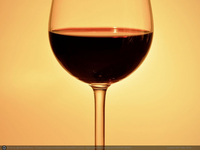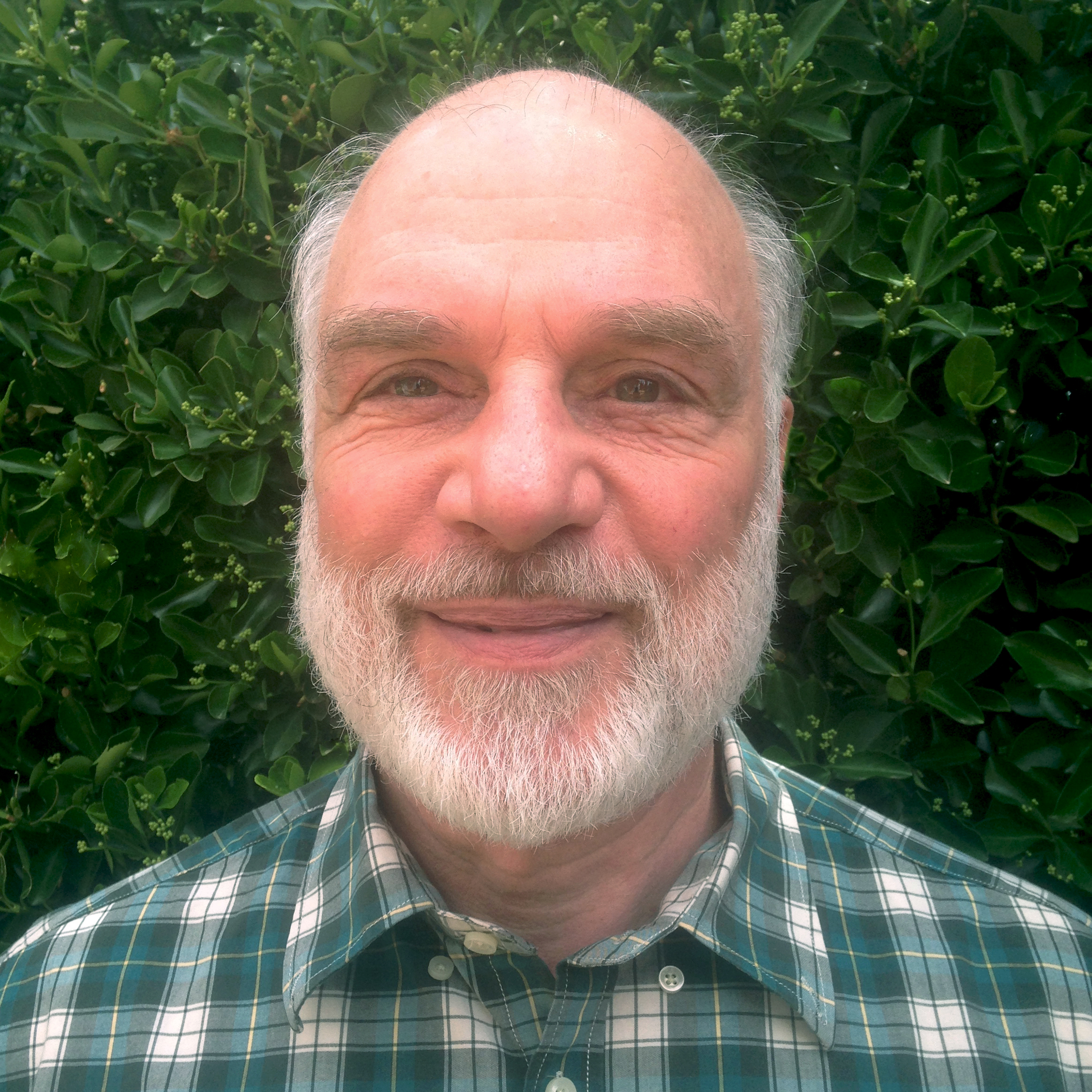Posted by Horton Tatarian, research biochemist, on 18th Nov 2015
Toxic Holiday Rituals, Part 1

Intentional Self-Injury
Visitors from a foreign world might wonder why people here intentionally inhale smoke and drink alcohol. Or, perhaps the scientists who evaluate this behavior are of another world. In any case, science demonstrates that these social rituals are self-destructive. From a biochemist's viewpoint, both smoking and alcohol drinking seem to be examples of “Non-Suicidal Self-Injurious behavior.”
Non-Suicidal Self-Injurious behavior, a new disease category eligible for medical treatment, involves purposeful, self-inflicted physical harm without the intent of committing suicide. Teenagers and young adults increasingly engage in this behavior. Suicide is also increasing among them.
But smoking and drinking alcohol is different. People usually do not smoke or drink because they want to harm themselves.
Smoking Recognized as Self-Destructive
For many years, the tobacco industry argued against evidence of harm from tobacco smoke until forced to discontinue television advertising. Fortunately, restrictions on advertising, warning labels and anti-smoking campaigns reduced smoking in the USA to an all-time low. Nevertheless, cigarette smoking causes about one of every five deaths in the United States each year. Reference
Alcohol Promotions are Unrestricted
Today, manufacturers of alcoholic beverages are free to advertise their products widely. “Drink responsibly” is their motto, as a public service announcement to curb “alcohol abuse.” Nevertheless, alcohol is toxic in any amount or form. A beer, glass of wine, and a shot of whiskey contain similar amounts of alcohol.
Alcohol consumption has an impact on different body systems like the central nervous system, the gastrointestinal tract, the hematopoietic organs, and the cardiovascular system. Reference
The consumption of alcoholic beverages is causally associated with cancers of the oral cavity, pharynx, larynx, oesophagus, liver, colorectum and female breast, even for low and moderate alcohol intakes. The risk of cancer increases in a dose-dependent manner, and the higher the amount of alcohol consumed, the higher the risk of developing cancer. . . . "If you drink alcohol of any type, limit your intake. Not drinking alcohol is better for cancer prevention." Reference
Meanwhile, massive numbers of both direct and indirect deaths and injuries from alcohol consumption continue. Reference
Red Wine, the Healthy Alcohol?
The alcohol in red wine is no less toxic than in any other alcoholic drink. However, people hear or read that red wine is beneficial to health. Red wine contains resveratrol, a polyphenol with well-documented health benefits.
Some recent studies on red wine bioactive compounds suggest that resveratrol modulates multiple mechanisms of Alzheimer's disease pathology. Reference
Resveratrol, a non-flavonoid polyphenol rich in red wine and grapes, has beneficial health effects from its antioxidant, anticancer and anti-inflammatory properties. Recently, resveratrol has been shown to protect against various neurological disorders in experimental models, including brain ischemia, seizures, and neurodegenerative disease models. Reference
Grapes, blueberries, bilberries, cranberries, and their juices also contain resveratrol. These foods and drinks are alcohol-free unless spoiling, which creates an unpleasant flavor. A blend of antioxidants in the form of fruits of different colors or supplements such as Greens Pak and Reds Pak are the best sources of resveratrol.
Alcohol, the Drink of Death
Fresh fruits, vegetables, herbs, and grains all have yeast growing on their surface. Spoilage begins when the integrity a plant and or its fruit begins to fail. Yeasts, molds, and bacteria have a role in recycling once-living organisms back to the soil, including humans.
When immune system function is poor, humans are also prone to yeast infections. Following death, yeasts and other organisms proliferate and decompose body tissues, eventually returning the body back “to dust” unless cremation intervenes.
In nature, the alcohol generated by the fermentation of dead and dying plants and other life forms evaporates into the air, causing no harm. But humans brew decomposing plant matter to accumulate and bottle the toxin generated by yeast feeding on dead matter.
Breweries proudly offer various forms and flavors of the captured toxin, ethanol, which could be put to better use as fuel for automobiles. Some people ingest the poison to fit in with friends or business associates. Other people enjoy the toxic effects on their brains.
What do you think?
Does either smoking or drinking alcohol make any sense to you? If an addiction or peer pressure demands continued smoking or drinking, what can be done? For anyone so affected, the decision to stop is the first and most important step.
Next: Part 2
About Horton Tatarian

I’m a biochemist who examines scientific findings on health and disease. My degree in biochemistry is from U.C. Berkeley. UCLA School of Medicine granted an M.D. degree in 1974. Since then, independent research prepared me to advise clients on natural ways of self-care.

